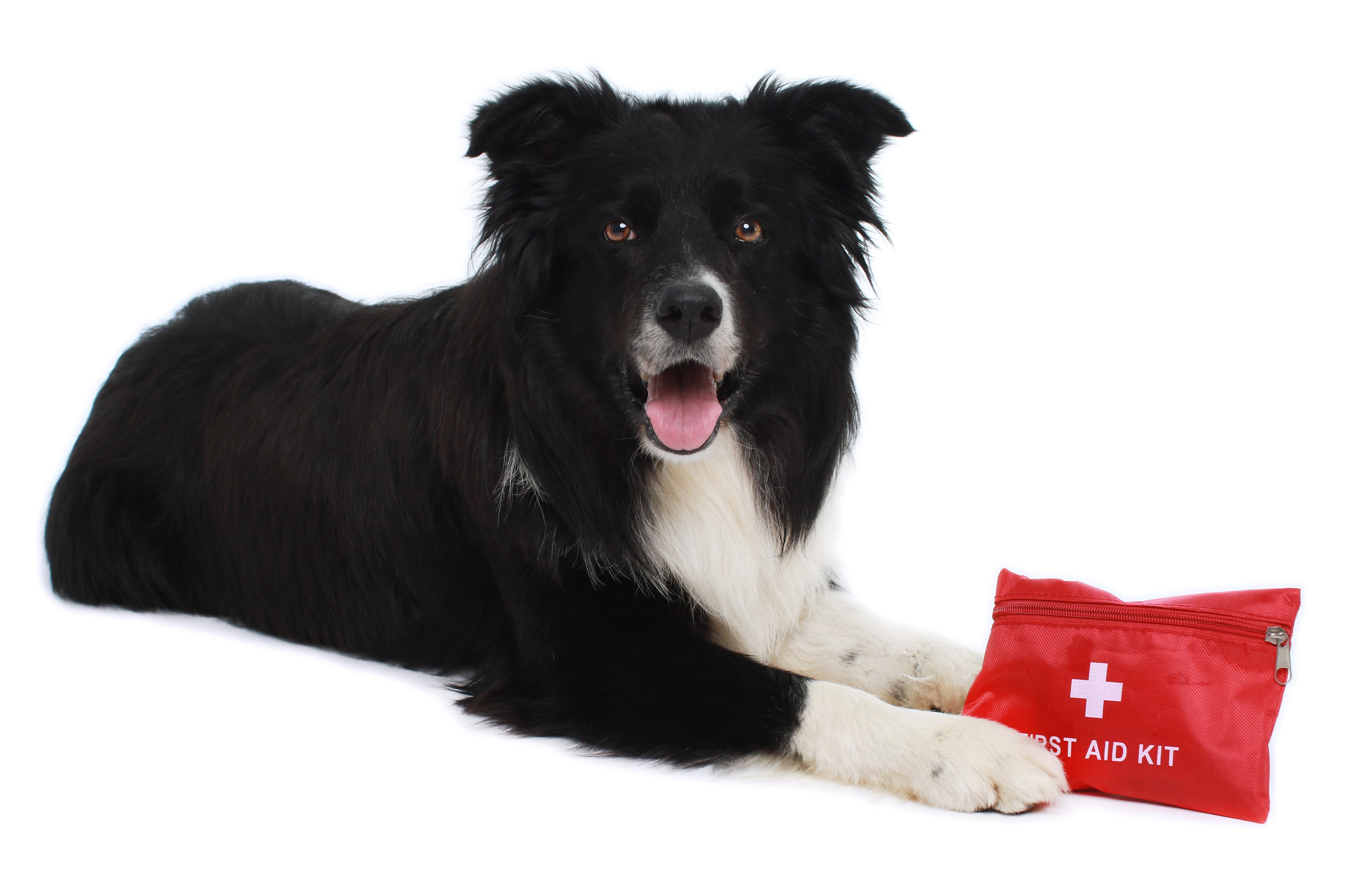Tails
Making pet parenting easy

First aid kit for pets
This entry was posted on 2021-08-05.
You never know what will happen when it comes to accidents and emergencies, so it’s good to be prepared and have a first-aid kit – not only for yourself, but also for your pets. Of course, it’s always best to seek professional veterinary treatment when your dog or cat gets hurt. However, you may find yourself in a situation where you can’t get to a vet, or you may need to care for your dog until you can get them to the emergency room. In those moments, you’ll be glad you have a first-aid kit handy.
It’s best to put all of your pet first aid supplies in a bag, bin or backpack. That way it can travel with you and your pet when you are taking road trips, camping, or hiking.
Here are a few essential items you should always keep in your pet’s first aid kit.5
1. Paperwork:
• Vaccination & medical records of all your pets
• Your pet’s weight and normal temperature
• Your Vet’s emergency number and the Poison Control Center’s number (021 689 5227). If you go out of town and leave your pet with a sitter or friend, be sure they know where the paperwork and contacts are in the event of an emergency.
2. Muzzle:
Any dog that is in pain (or poisoned) can bite! Protect yourself and your dog by having a muzzle that fits well.
3. Bandage material:
Crepe bandage, gauze, Elastoplast, scissors, rubber gloves and bubble wrap (for a splint in cases of broken bones).
4. Wound treatment:
Antiseptic soap or solution (e.g. F10 products), cotton wool roll/balls, antibiotic ointment (e.g. Dermavet or F10 ointment) and a razor to shave the hair.
5. Drugs:
Activated charcoal, anti-diarrheal (like Pro-kolin or Diomec), antihistamine (like Allergex) and “staaldruppels”. Also a cortisone ointment like Curatex or Biocort for rashes.
6. Eye and ear treatment:
Saline or contact lens solution or an eye wash can be used to flush eyes with. Chloramex eye ointment is great for eye infections. An ear cleaner and Swimmers ear solution works well for pets with ear infections.
7. Other equipment:
Tweezers, syringe, thermometer, towel/blanket, lubricant (e.g. Vaseline or KY Jelly), sterile saline solution (e.g. contact eye solution), Hills a/d cans, wet wipes and collapsible travel food/water bowls.
8. Something to induce vomiting
(e.g. washing powder or 3% Hydrogen Peroxide)
NB – ALWAYS CONTACT YOUR VET BEFORE INDUCING VOMITION!


